
views
Steps

Think of the participant ages. Concentrate the scavenger hunt on colors and names for younger children, while older children would be challenged on nutritional facts, price differences, and research questions.
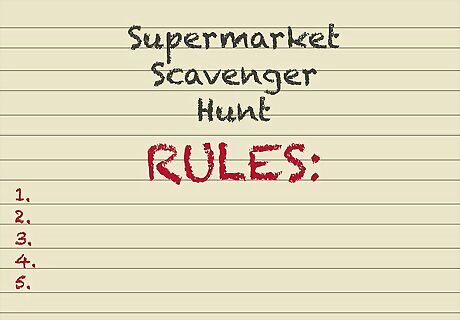
Set rules for the game. Safety should be a top priority, so exclude any items on top shelves or places where the participants cannot reach. Depending on the number of items and challenge difficulties, set a time limit for everyone to complete the hunt. No item should be purchased, so disallow any cart or basket holding, as they should only need a pen and paper to collect the information with.
Beginner

List down five breakfast cereals. Give bonus points if someone writes down granola, oatmeal, or another non-sugar item.
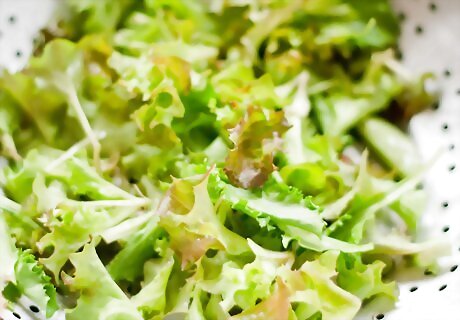
Name at least three green vegetables. Some answers can include broccoli, cucumber, lettuce, cabbage, zucchini, artichokes, or green peppers.
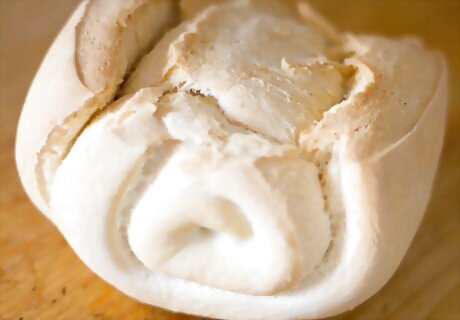
List at least three items from the bread food pyramid group. Answers can range from pasta, bread, rice, or cereal.
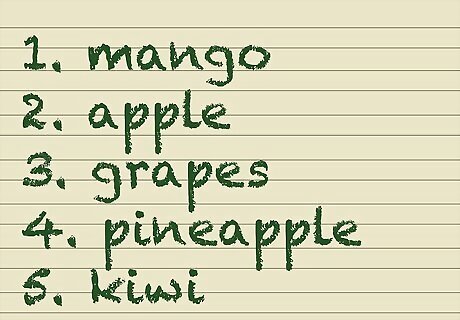
List at least five different fruits.

Ask if the supermarket offers non-white milk. Do they carry chocolate or strawberry?
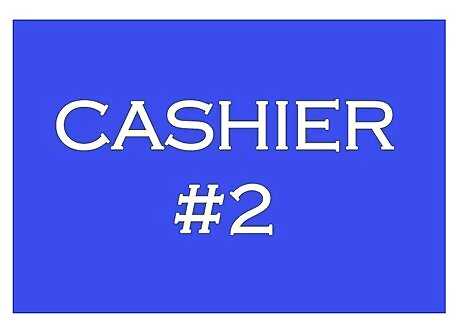
Count how many cashier checkouts the supermarket has. At the time of the visit, how many of those are open?
Intermediate
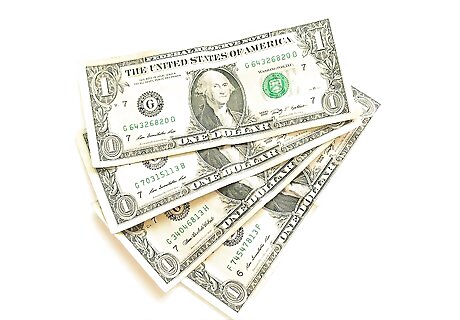
Get the names and prices of five freezer dessert products. These could include any ice cream item, freezer pies, frozen toppings, or sherbet.

List three fruits or vegetables on sale. The most common sale items are bananas, potatoes, apples, and oranges.
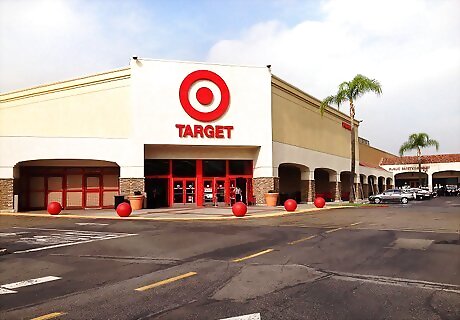
Ask if the supermarket offers non-dairy milk. Some supermarkets offer a specialty section that carries soy or almond milk.
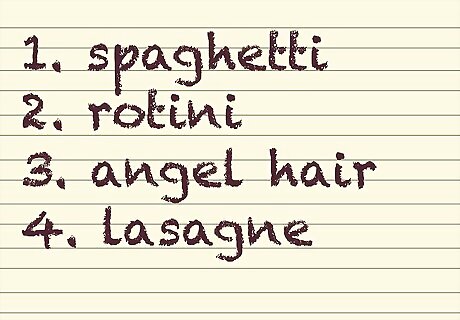
Name at least three to five different kinds of pasta. These could include spaghetti, angel hair, rotini, and lasagne.
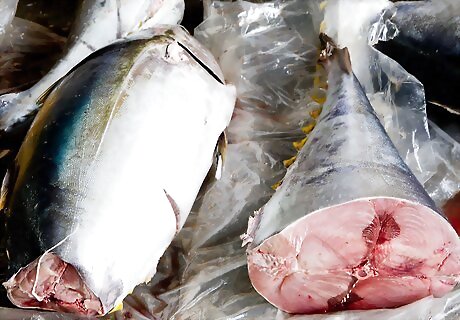
Provide at least five seafood products. The list can include fresh, canned, and frozen items, or a specific category to make it challenging.
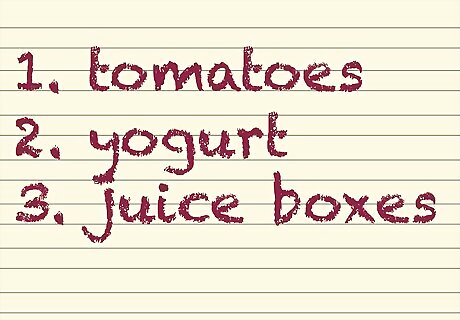
Write down at least two or three items a supermarket might offer in bulk. Common items such as meat, vegetables, juices, and yogurt are usually seen in most stores.
Advanced
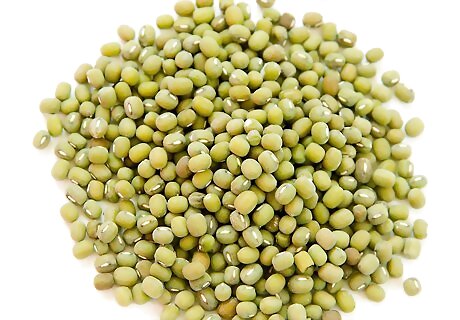
Name one favorite food from each food pyramid section. Find the items in the supermarket, along with the following information for each one: Weight of item Serving size Calories Total fat Saturated fat Carbohydrates

Compare two fruit juice brands with the same weight. Ask which one is cheaper, per unit price.

Name 20 non-food and non-drinks. Many supermarkets have sections with pet food, laundry and trash items, personal care, and baby diapers.
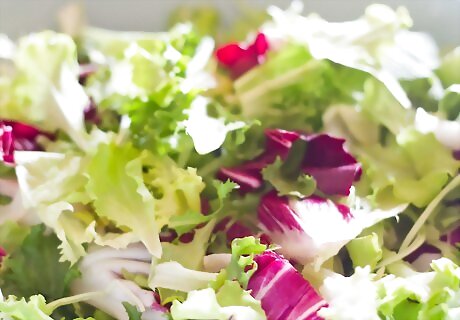
Compare fresh, frozen, and canned vegetables. List five of the most favorite vegetables and check the prices of each category. List five vegetables that was eaten fresh, but not canned or frozen. List three vegetables they would prefer eating in each category over another category (for example, eating russet potatoes over canned potatoes or frozen corn over corn on the cob).
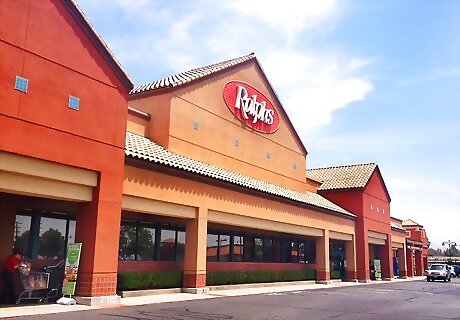
Find a kid's breakfast cereal with the least amount of sugar.














Comments
0 comment